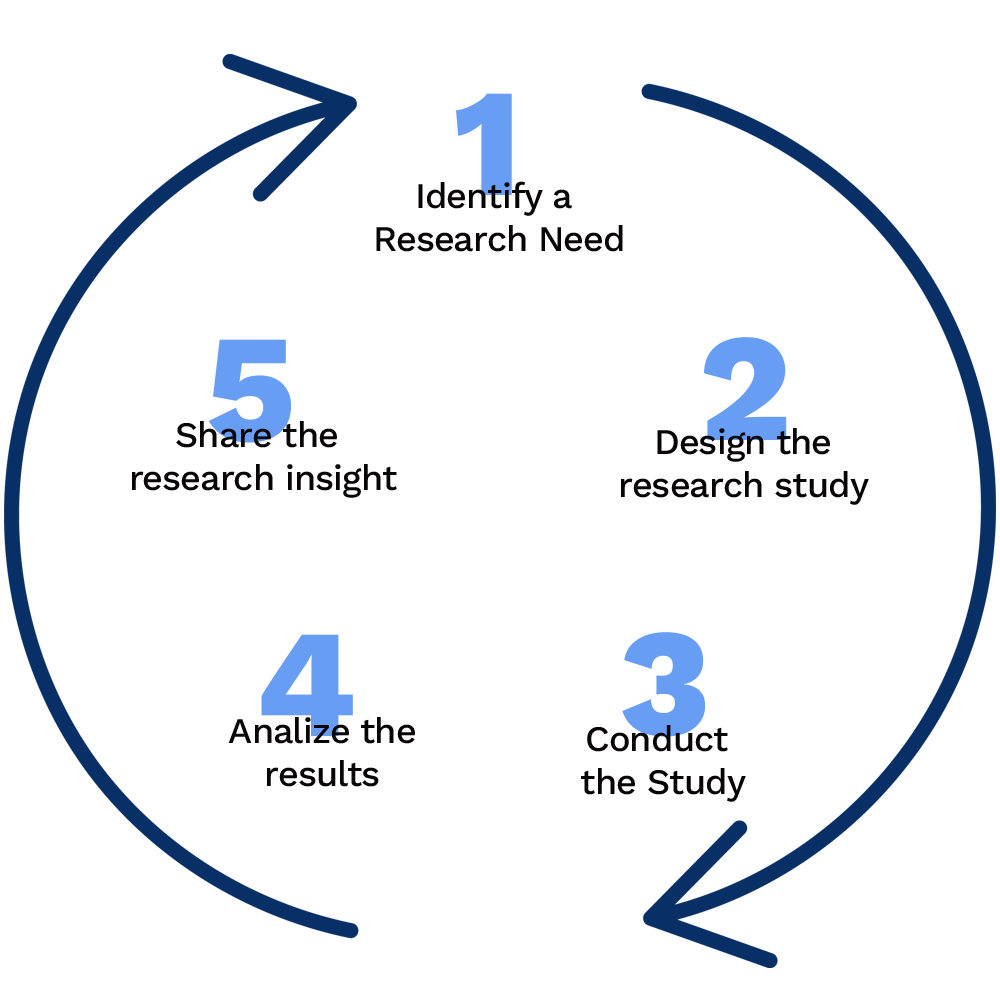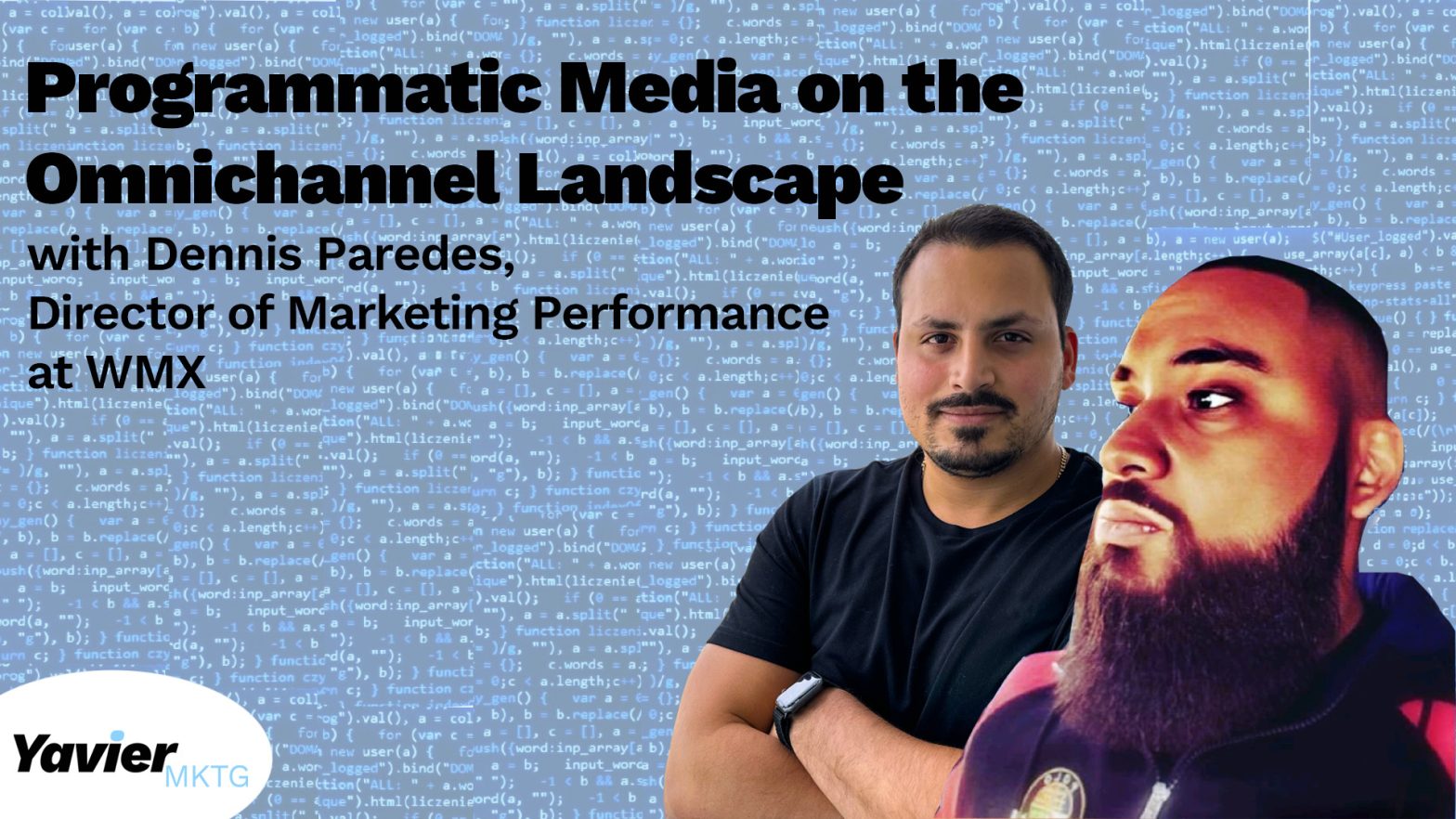How often have you checked a product’s reviews and details before purchasing it? At least I do it every time I’m about to buy a product, especially if it’s an online purchase. Why do I do that? I do it to get insights about the product or service I invest my money in. I want to ensure that my investment will give me something in exchange for the money. If it’s a shirt, will it give me the look and quality I want? Will it please or fulfill my desire? By watching the reviews, I can create an idea of the product or service offerings and decide between buying it or not.

What do you call the exercise of getting information? It is called research. This means I research the service or product I want to buy before purchasing it. In the same way I research to decide on buying something, I do much research for marketing purposes with the same mindset. As you may know, I work at a Marketing-Performance Agency, and we are great at doing research for all our marketing efforts for our clients. Why do we do so much research? Why is it so important? As a performance-driven agency, our marketing efforts must generate client revenue. To fulfill our duty, it is essential to conduct research to understand various aspects of the product or service and the market. I’ve worked in places where they will start approaching marketing activities such as digital campaigns and brand awareness efforts without doing research, and the results were always the same: they failed. After some experience and reading, I understood that we should never start making marketing efforts without conducting research. After that, I began researching every marketing idea that would pop into my head. When I started at WMX, I began to research at a higher level, but I was still confused since I was not following a clear path to conduct the research most effectively. While researching about “research,” I found that five steps can be followed to conduct effective research.
The five steps include:

In this post, I’ll focus on step one. Before starting to do research, you must Identify the need to make sure that there’s a reason why you want to conduct the research. This is the stage you the following four questions:
- What is your/my research question?
- What will you or I do with the information gathered?
- Does the information already exist?
- When does the decision need to be made?
For example, as a programmatic trader, one of the tasks I must do is to create audiences to be targeted for the programmatic campaigns. The answer to the first question is, “What types of people will use my client’s services or product?” What should I know to create the perfect audiences for my campaigns? What is the information that will help me to create the best audiences for the campaigns? I must understand and answer all these questions to develop audiences with a positive performance. If I start bringing the wrong audiences down the marketing funnel, my campaign’s results may not achieve its goal.
Once I have the information, what I’m going to do? What is the action that I’ll be doing with the information gathered? Once I understand the target audience that usually buys my client’s product or service, I’ll start creating audience segments in the DSP based on the information gathered. Let’s say that my client is a theme park in Hawaii. I’ll research who are their typical customers, reviews, number of people per booking, and where the customers came from. Are they from the island, or are they from other parts of the world? Taking a deep dive into this is crucial since this is going to define an actual profile of the people who go to that park. A good example is imagine that most of the people who go to the park are tourists. Then, one of the audience segments I can create is “People who travel to Hawaii.” Under that audience, I can apply different types of specifications, but right now, I do not need to emphasize that.

So far, I know what information I need and what I will do with it. The next question is, does the information already exist? We are pretty sure it exists in this case, but to what extent? How complete the information gathered from the customers are? Sometimes, companies have data on their past customers. Still, the granularity of how many people were per booking, the demographics, and where tourists are coming from, among other levels of data, are not defined. This limitation in data can create a limit on the information I’m trying to gather to develop high-performance audiences.
The last question is simple: when must the decision be made? Since my example is based on building audience development for programmatic campaigns, we usually recommend one month as a minimum for us to do all the research and building of the campaign. Remember that to conduct effective research for a higher level in programmatic media or marketing as a whole; you will need more than a month. I’ll recommend a minimum of two months since recompiling all the data required can take two to three weeks, based on my experience. With this said, always advise the client or boss of the time matter of this research effort.

Always research before making any marketing effort to invest the marketing budget where the return on investment is. The example I provided is based on that. All the audiences I develop have a price, and it will vary on how segmented it is. Before applying audiences based on assumption and paying probably high CPMs, I conducted the research to see in which audience I’d invest the money. What audience segmentations would likely give me a positive return on investment?







Leave a Reply